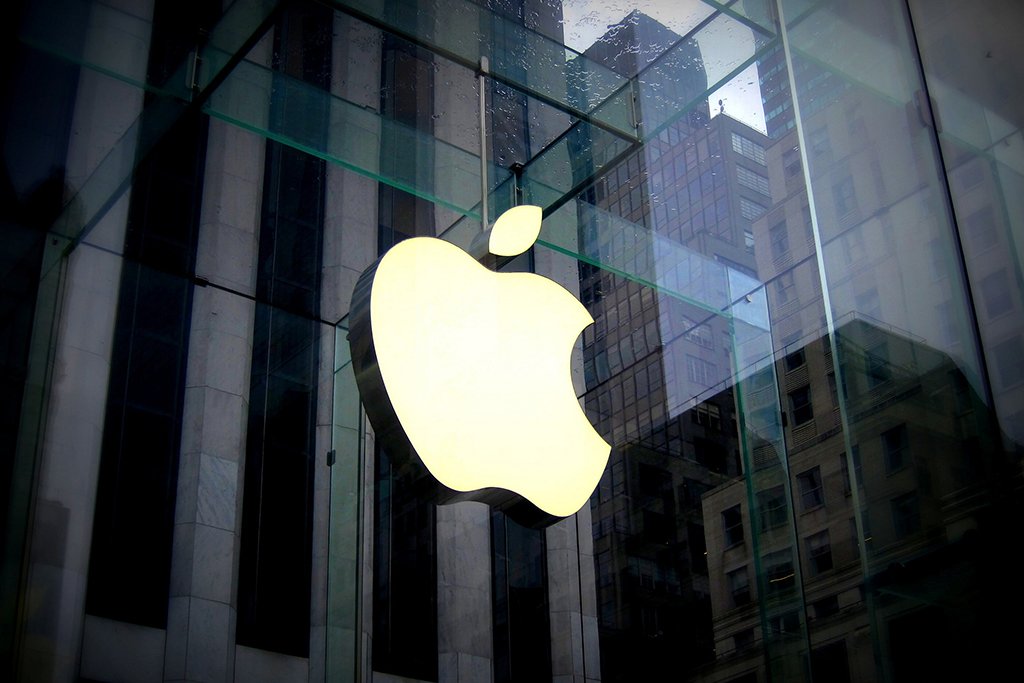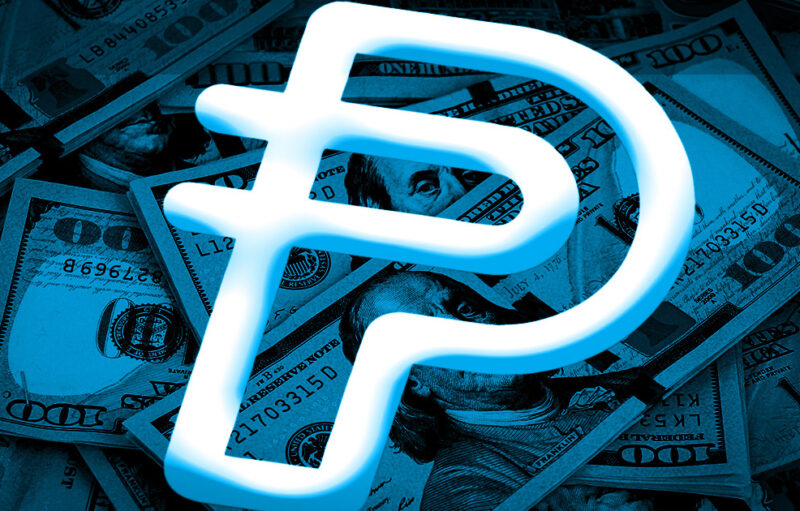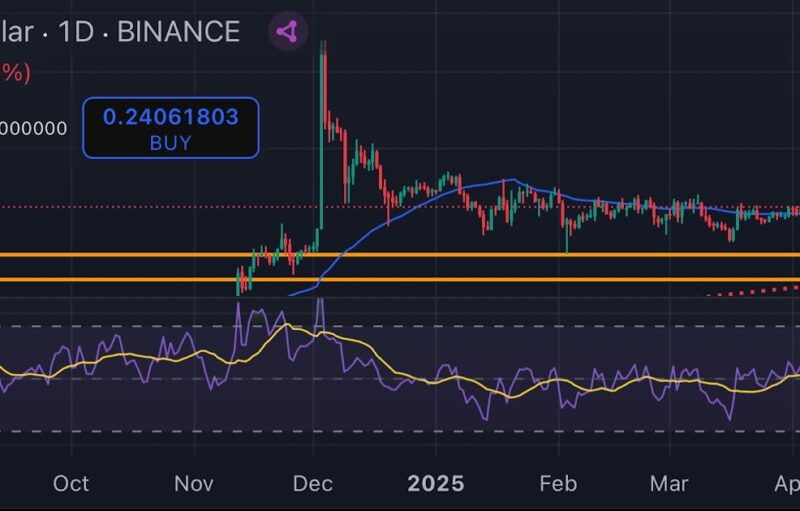
Apple plans to borrow in the bond market for the first time since November 2017. The proceeds will go towards share buybacks, dividends, and other general corporate purposes.
One of the most cash-rich companies in the world, Apple Inc. (AAPL) is getting ready to offer bonds for the first time in almost two years. As per the company, they are looking to raise cash in order to fund share buybacks and other activities without needing to use its repatriated cash accumulation.
With investment-grade bond yields now fluttering close to record lows, it’s enticing even for Apple which, admittedly so, has more than $200 billion of cash and investment securities on its books, to see which investors will lend it. Turns out that number is $7 billion, or just over 3% of its current repository.
With the 30-year Treasury at record lows, many companies decided to use this situation and borrow cheaply for a much longer time. Apple here will pay around 2.99% interest on its new 30-year bonds that, we must admit, sounds like a great deal in comparison with the 3.45% they’re already paying on three-decade bonds they’ve sold back in 2015. On a $1.5 billion issue, that equals to savings of nearly $7 million of annual interest – more than $200 million over the course of thirty years.
This debt sale will obviously assist Apple in refinancing around $2 billion of debt that’s planned to mature this year plus much of the $10 billion it will be due in 2020. This borrowing is pretty profitable for the company’s shareholders as well. If you look at the company’s earnings yield, a measure of how much the company earns relative to its share price you can see it hovers around 5.6%. So why then not to borrow for the timetable of 30 years for less than 3%?
By investors’ piling few billions of orders into the new Apple bond deal, it doesn’t mean the company needs to issue that value in bonds. High demand and lower supply put intense downward pressure on the spread, or compensation, that investors received when the bonds priced later in the session. Because Apple rarely issues new bonds, that helped drive demand for the debt.
Tom Murphy, a senior portfolio manager at Columbia Threadneedle confirmed the market is wide open and functioning, and investors were preparing for this.
Concerns have been raised over the record amounts of debt being issued by U.S. companies, but the fact is that a bigger portion of these proceeds from new bond issuance has been used for paying down existing debt at lower rates, thus reducing corporate leverage.
Murphy pointed to the $17 trillion of negative-yielding global debt saying:
“We’re getting lower coupons, but guess what? There are lower coupons everywhere. The trade-off is that coupons are lower for us. But for us, as bondholders, we also want companies to be good corporate stewards.”
Apple’s definitely not the only one seizing this golden opportunity. A record 21 U.S. investment-grade companies exploited this golden opportunity at the market by borrowing a combined $27 billion. Analysts agree that with more than a dozen deals in the works Wednesday, this week’s issuance could easily hit $54 billion, surpassing dealer estimates of $40 billion.
Also let’s not forget the fact that September typically has been the busiest month of the year for issuance of U.S. high-grade corporate bonds, so investors had enough time to get ready to put cash to work. Bank of America Merrill Lynch is forecasting $120 billion to $130 billion in fresh supply for September alone.
At the time of writing AAPL stock were up by 1.15% to $211.59.
The post appeared first on CoinSpeaker






